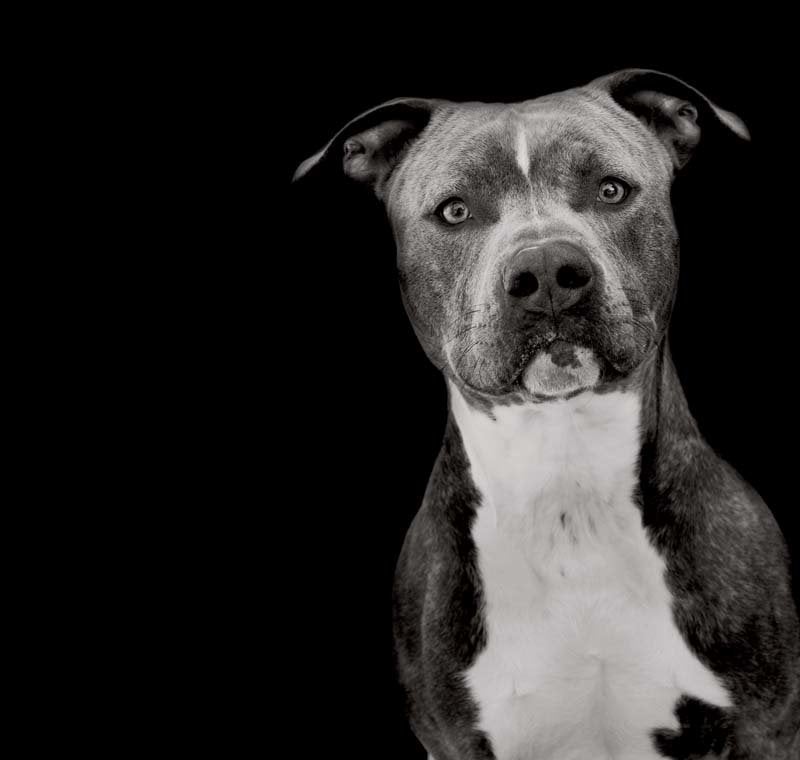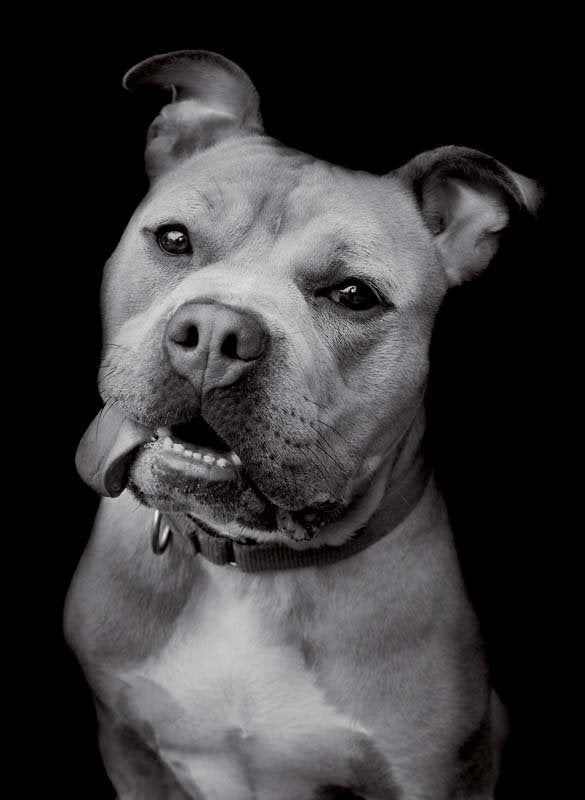
Just like Medicare doesn't cover the things that older humans need -- eye glasses, hearing aides, and dental care -- pet insurance generally doesn't work out so great either. Consumer Reports says only in uncommon cases, when a pet required very expensive care, would pet insurance coverage pay for itself. One issue might be the lack of competition. Three companies control 90 percent of the pet insurance market.
Consumer Reports used the lifetime vet bills of Roxy, a 10-year-old relatively healthy beagle, to test whether pet insurance was a good deal. They adjusted Roxy's total bills into present-day dollars and asked the insurers how much their policies would have covered. None of the nine policies they compared would have paid out more than the projected premiums. The picture changed a bit when some hypothetical illnesses were added to Roxy's medical history: chronic arthritis, incontinence as a result of spaying, hypothyroidism, the removal of a benign tumor, and euthanasia. In that case, some policies returned a positive payout. Uh, euthanasia? Isn't that what we are hoping to avoid?
5. Where we go, they go.
Just a decade ago, only 19 percent of owners took their fur babies with them on road trips. Now that number has more than doubled to 37 percent of owners. And after all, retirement is for travel, right?







